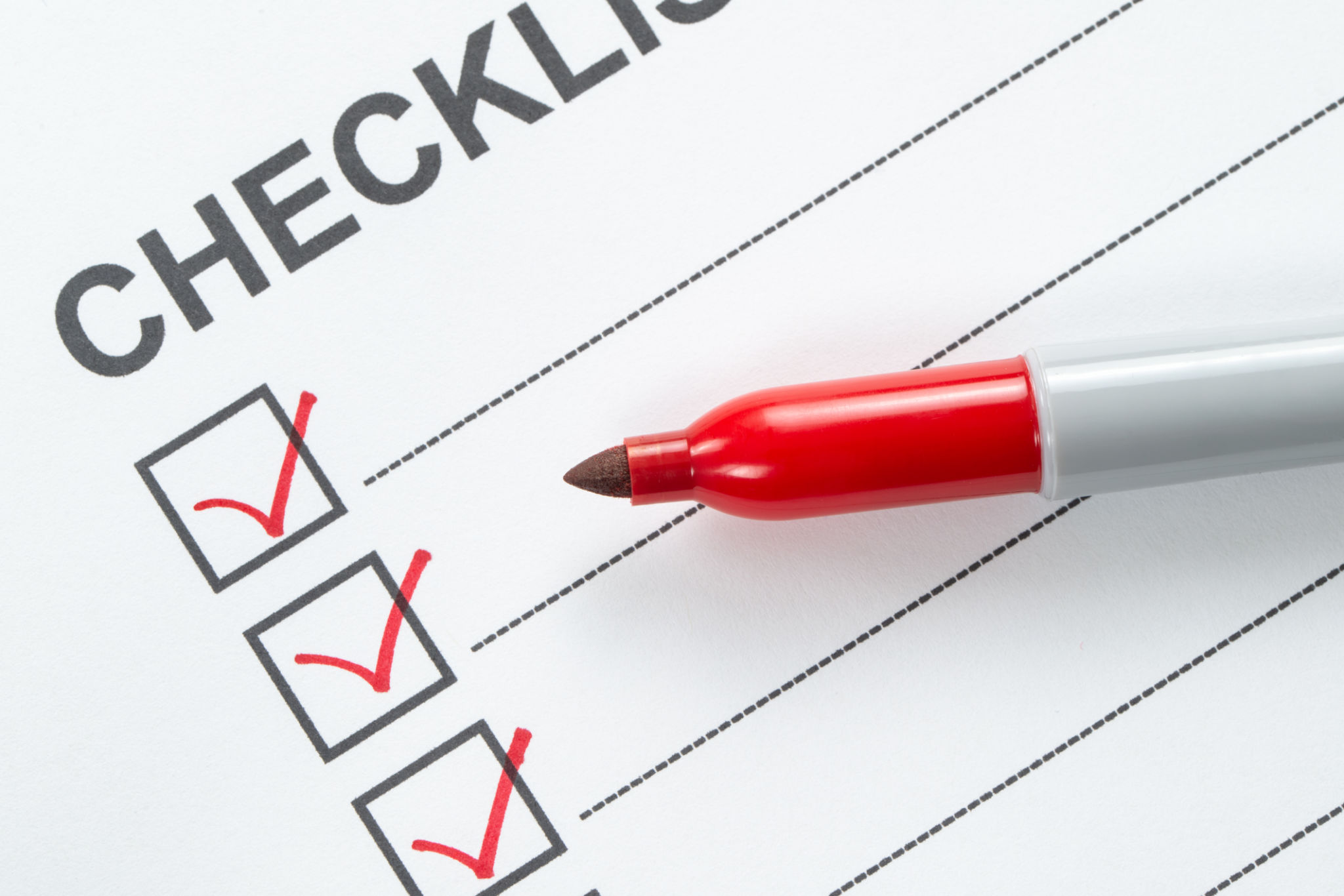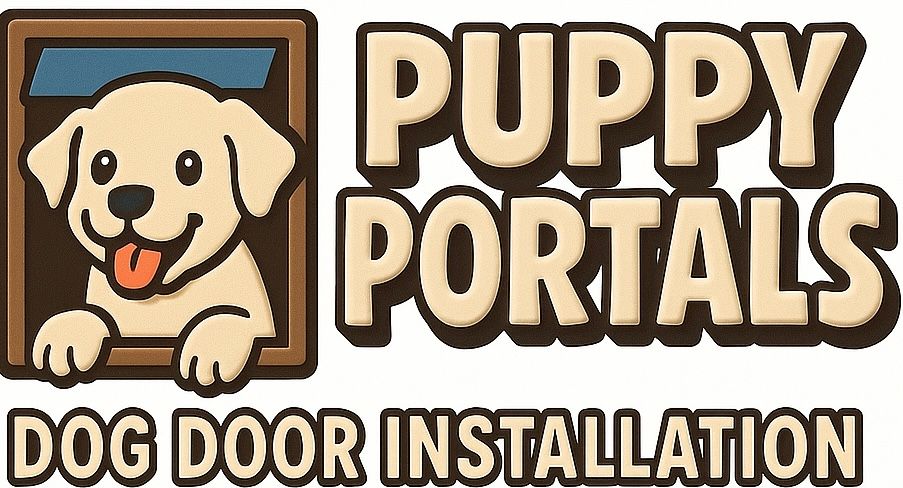Seasonal Pet Door Maintenance Tips for Goodyear Residents
Understanding Seasonal Changes and Their Impact on Pet Doors
As a Goodyear resident, you're accustomed to the mild winters and scorching summer heat. However, these seasonal changes can significantly impact your pet door's performance and longevity. Understanding these effects is crucial for maintaining a functional and secure pet entrance.
During the summer months, the intense heat can warp or damage the materials of your pet door, while winter's cooler temperatures may cause seals to crack or become less effective. Regular maintenance is essential to ensure your pet door remains energy-efficient and secure for your furry friends.

Inspecting and Cleaning Your Pet Door
Regular inspection is the first step in maintaining your pet door. Begin by checking for any visible damage such as cracks, warping, or loose screws. Ensure that the flap is swinging freely and seals tightly to prevent drafts or unwanted pests from entering your home.
Cleaning your pet door is equally important. Use a mild detergent and warm water to wipe down the frame and flap, removing any dirt or debris that may have accumulated. This simple task helps maintain the door's appearance and functionality while preventing wear and tear over time.

Weatherproofing Tips for Maximum Efficiency
Weatherproofing your pet door ensures it remains energy-efficient throughout the year. Consider adding weather stripping around the edges of the door to enhance its seal and minimize air leaks. This step is especially beneficial during colder months when heating costs can skyrocket.
Another effective strategy is to install an insulated flap designed to withstand extreme temperatures. Insulated flaps help maintain a consistent indoor temperature by reducing heat transfer, which can lead to energy savings and improved comfort for both you and your pets.
Seasonal Maintenance Checklist
To keep your pet door in top condition, adhere to a seasonal maintenance checklist. Here are some tasks to consider:
- Spring: Clean and inspect the door for any winter damage.
- Summer: Check for warping or sun damage, and lubricate hinges if necessary.
- Fall: Install or replace weather stripping and check seals.
- Winter: Ensure the flap is functioning well and add insulation if needed.

Addressing Common Pet Door Issues
Even with regular maintenance, you might encounter some common issues with your pet door. One frequent problem is a flap that doesn't close properly, allowing drafts or pests inside. This can often be resolved by adjusting the frame or replacing worn-out parts.
Another issue might be difficulty for your pet to navigate the door due to misalignment or stiffness. Lubricating hinges or realigning the frame can usually solve these problems, ensuring smooth operation and easy access for your pets.
When to Consider Replacement
Despite regular maintenance, there comes a time when replacing your pet door becomes necessary. If you notice persistent issues such as significant air leaks, damaged frames, or irreparable flaps, it may be time to invest in a new, more efficient model.
Advancements in pet door technology mean there are numerous options available that offer improved insulation, security features, and even electronic access controls. Evaluating these options can help you find a solution that best fits your needs and provides lasting comfort and efficiency for your home.

